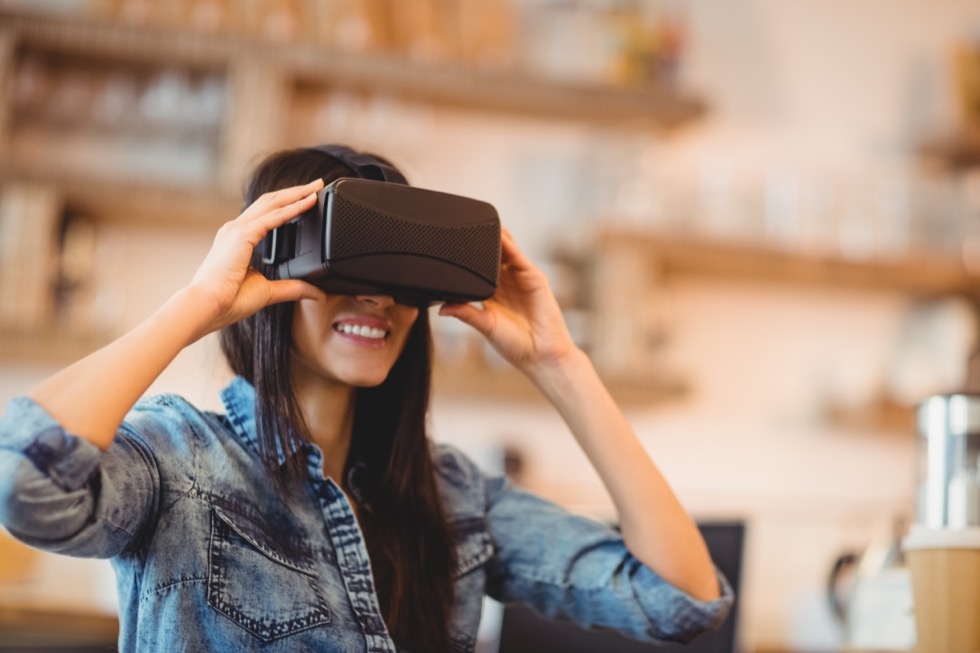Onboarding new hires is a critical step for your team. In fact, it’s so important that a whole ecosystem of technology exists to help new employees retain the knowledge they need to flourish in an unfamiliar environment.
And while HR systems, online courses, intranet landing pages, and more can all play a role in helping new employees succeed, it’s important not to lose sight of one key goal: ensuring that onboarding is actually interesting.
Let’s face it, employee handbooks, onboarding checklists, and HR webinars aren’t always the most thrilling experiences around. Luckily, we do have technology in our arsenal that can make onboarding more engaging, immersive, and perhaps even fun. Among that technology is augmented reality (AR) and virtual reality (VR).
What is augmented reality (AR)?
Augmented reality refers to a virtual “layer” placed on top of real-life experiences that adds information, context, interactivity, or data to our everyday life. This technology allows us to, for example, see what a piece of furniture might look like in our living room before we make a purchase. Augmented reality also lets us put funny filters on ourselves on social media and provides additional information about the world around us. As the name suggests, this technology “augments”—but does not replace—our real world reality.
What is virtual reality (VR)?
Virtual reality allows us to explore, interact with, and spend time in digital environments that are distinct from the real world. These can include the so-called “Metaverse” popularized by platforms like Facebook or Decantraland but can also include games played on virtual reality headsets or videos viewed with virtual reality goggles. Unlike augmented reality, virtual reality transports us away from the real world and places us into an immersive digital world instead.
What role can these technologies play in onboarding?
Both AR and VR can help make the onboarding process more engaging and efficient for new hires. Though there is a slight learning curve when using these technologies for the first time, they quickly become intuitive. Here are several ways to integrate AR and VR into your onboarding process to keep employees engaged and motivated.
Use AR for in-office training. If your new employees will be onboarded in person, consider incorporating AR into the process. Even basic smartphone-based AR technology can allow individuals to scan QR codes (a digital-native version of the bar code) to launch interactive experiences right inside the office.
Make documents come to life with AR. How can you make the traditional employee handbook more engaging? Adding augmented reality functionality—such as video content, 3D displays, and more—might sound like science fiction but is well within the grasp of most tech-savvy teams.
Help remote employees stay engaged with VR. If your team is mostly remote, fostering a thriving work culture can be challenging. One way to encourage interaction during onboarding is the use of VR experiences. Employees can pick their digital avatar and interact with each other in virtual spaces ranging from dance floors to art museums. This type of experience would be ideal for a “meet and greet” event with new remote employees.
Consider a virtual “conference room.” It’s possible to mimic face-to-face interaction even at a distance with a virtual meeting. VR allows participants to gather around an actual digital table, where they can share ideas and stay connected just as they would in the real world.
The possibilities of AR and VR are growing rapidly, so consider trying out these new technologies in your own onboarding process. Soon enough, they became a standard part of the new employee experience.

